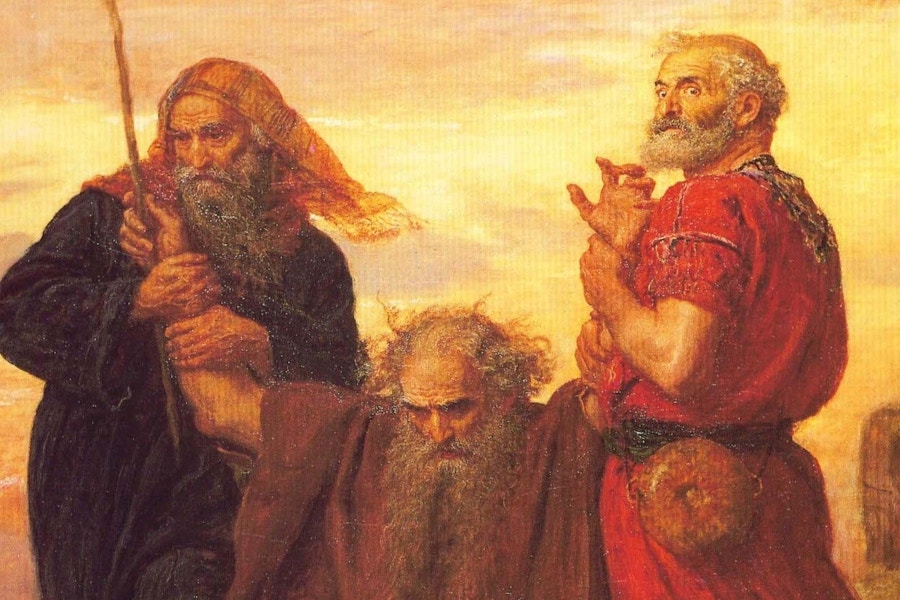 Excerpt from Prayer: Finding the Heart's True Home
Excerpt from Prayer: Finding the Heart's True Home
Moses was one of the world’s great intercessors, and one particular incident in his life provides a magnificent model for us in our continuing work of intercession. On this occasion the Amalekites had engaged the children of Israel in battle (Exodus 17:8 – 13). The military strategy of Moses was strange and powerful. He had Joshua lead the army into the valley to fight the battle. Moses himself went to the top of a hill overlooking the battleground with his two lieutenants, Aaron and Hur. While Joshua engaged in physical combat, Moses engaged in spiritual combat by raising hands of prayer over the conflict. Evidently Moses had the harder task, for he was the one who was tired. Aaron and Hur had to step in and hold up Moses’ arms until the sun set.
In the military annals Joshua was the commander who won the victory that day. He was the person up front and in the thick of the conflict. But you and I know the rest of the story. Back behind the scenes the battle of intercession was won by Moses and Aaron and Hur. Each role was essential for victory. Joshua was needed to lead the charge. Moses was needed to intercede on behalf of the children of Israel. Aaron and Hur were needed to assist Moses as he grew weary.
What Moses and Aaron and Hur did on that day is the work all of us are called upon to undertake. We are not all asked to be public leaders, but all of us are to engage in Intercessory Prayer. And as P.T. Forsyth reminds us, “The deeper we go down into the valley of decision the higher we must rise … into the mount of prayer, and we must hold up the hands of those whose chief concern is to prevail with God.”
Excerpted from Prayer: Finding the Heart’s True Home by Richard J. Foster (New York: HarperOne, 1992), pp. 191 – 192.


